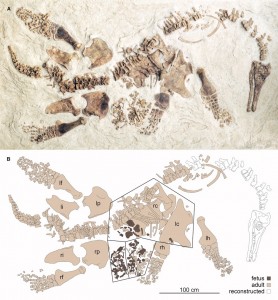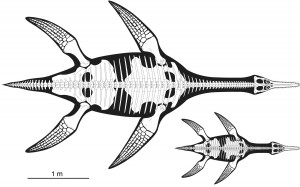These have to be among the bravest atheists anywhere: Pakistani Atheists & Agnostics. It’s easy to be an atheist in Europe, and moderately easy in the US (you just have to be able to tolerate the endless annoyances of living in a god-soaked country), but man — being openly critical of religion in Pakistan takes real courage.







